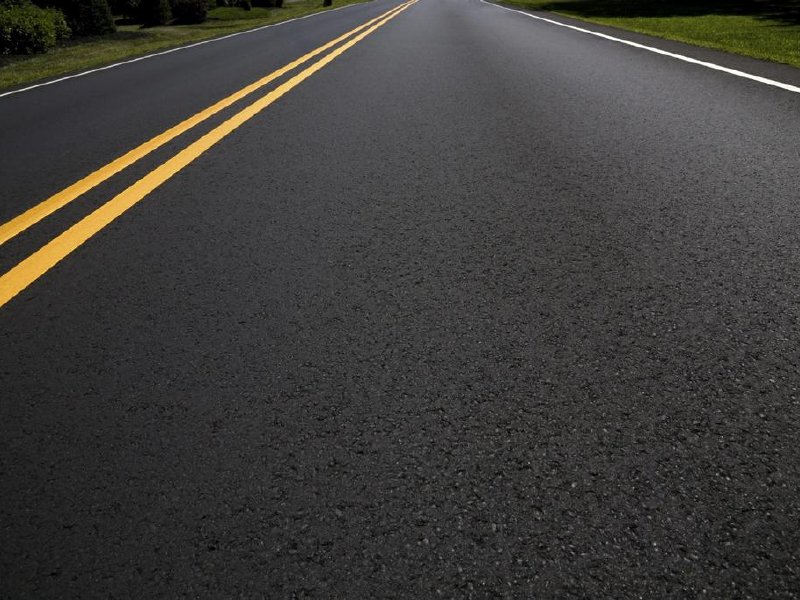Here at OnMilwaukee.com, we take pride in being Milwaukee experts. Since it is literally our job to eat, sleep and breathe all things Brew City, we get many questions from our readers.
This is where we answer them.
In the "Ask OMC" series, we take your questions – big or small – and track down the answers. Send your query to askomc@staff.onmilwaukee.com. Be sure to include your name and location, and we will consider it for our next installment.
As the old saying goes, there are two seasons in Wisconsin: winter and road construction, though the line between the two seems to be getting smaller and smaller each year.
Right now, there are two major projects underway in the Milwaukee area: the Mitchell Interchange reconstruction (part of a much larger project to rebuild all of Interstate 94 between Milwaukee and the Wisconsin/Illinois state line) and the I-94 resurfacing efforts in Milwaukee and Waukesha Counties.
We've written about both projects and in reading the comments left, there were questions about the type of surface being used on area freeways.
To get the answers, we turned to the Wisconsin Department of Transportation. Adrian Lopez, WisDOT Major Projects Manager offered this explanation:
"During the design phase a pavement study was done to determine the pavement types along the I-94 N-S Corridor. This study takes into account design year, projected traffic volumes, vehicle types, and other factors.
"In Kenosha, Racine, and southern Milwaukee Counties the proposed pavement surface is 12-inch concrete. Two locations of I-94 freeway have currently been completed. One of the new concrete pavement segments is in Kenosha from the Illinois State Line north to just south of WIS 50. The other segment is in Racine at the CTH G interchange.
"The Mitchell Interchange pavement surface will be 3-1/2 -inch asphalt overlay over concrete."
It's a different story on the East-West Freeway, where a project is underway to resurface two segments of I-94; between S. 32nd and S. 72nd streets in Milwaukee County and between the county line and WIS 16 in Waukesha County.
For that project, the asphalt driving surface will be ripped up and replaced. The new driving surface is expected to last between 12-15 years at which time WisDOT will determine whether to perform another resurfacing or do a complete reconstruction.
Wisconsin's harsh and often unpredictable winter climate plays a bit of a role, too. In a follow-up email, Lopez said that the annual freeze/thaw cycles are taken into consideration during planning, but aren't deciding factors.
"Freezing/thawing does have the greatest negative effects when the pavement (either concrete or asphalt) starts to deteriorate and crack," he said. "That is why it is essential that the sub-base is designed and constructed to drain properly."
The practices being used on the I-94 and Mitchell Interchange projects are similar to what was done during the Marquette Interchange project a few years ago.
"This is a very strong and durable pavement, consistent with what we've been doing in other large projects," WisDOT Southeast Wisconsin Freeway Construction Chief Ryan Luck said earlier this year. "We want to do it once, make it right and make it last."




